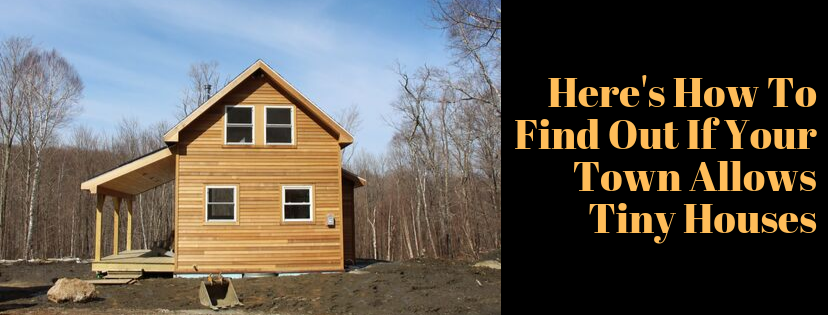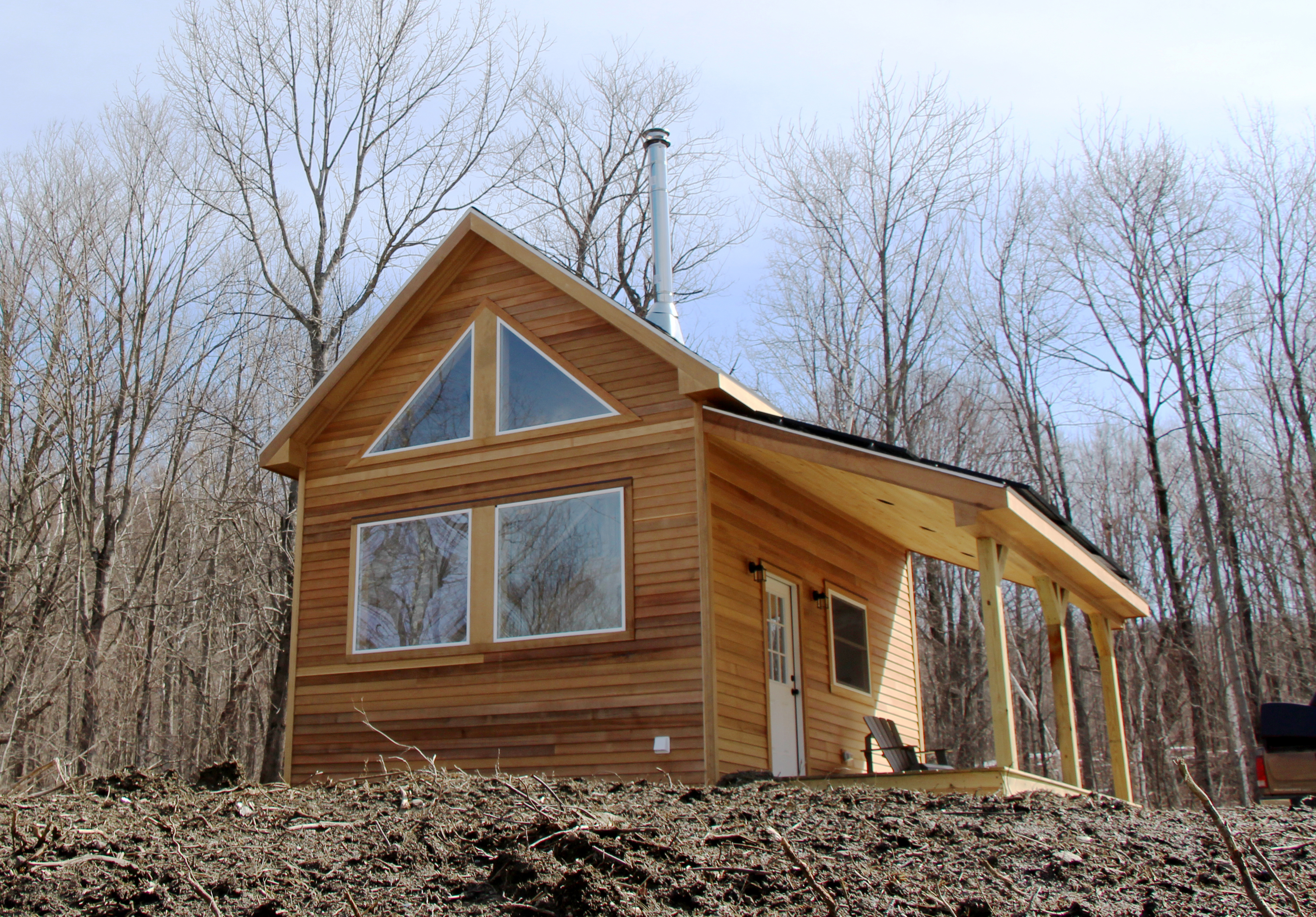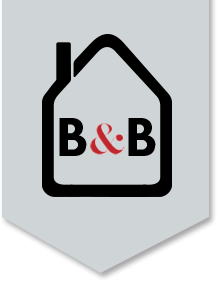Tiny House Trailers
Everything you need to know about tiny house trailers
Everything you need to know about tiny house trailers
What is the difference between a park and non-park model??
Find out how to safely tow your tiny house!
Because one size does not fit all!
Learn all about roofing shapes, materials, and construction methods

Photos: Ram Trucks https://www.ramtrucks.com/ram-life/outdoors/tinyhouse.html
Ram Trucks has just released a commercial featuring how easily their trucks can hitch and tow tiny houses. In the commercial, a woman and her husband visit the B&B Micro Manufacturing factory where our craftspeople build a tiny house on wheels for them. Later, they pick up their tiny house with their Ram truck and tow it to a campground where they relax under the stars.
Filming the commercial on-location at our tiny house factory in Adams, Massachusetts took two days (plus more time filming in the other locations) with a crew of about 30 people. We are thrilled to have our factory, builders, and houses showcased by Ram.
To see more content from Ram Trucks on this commercial, visit https://www.ramtrucks.com/ram-life/outdoors/tinyhouse.html.
Watch the video here:

Zoning codes for many municipalities can be found on your town’s website or on ecode360.com.
Here are some helpful search terms:
If you’re hoping to put a tiny house ON WHEELS either on its own property or on a property with other buildings:
If you’re hoping to build a backyard cottage ON A FOUNDATION:
If you’re hoping to build a small house ON A FOUNDATION on its own piece of land:
Appendix Q for tiny houses on foundations:
If you’re hoping for a tiny or small house ON A FOUNDATION, look into whether your state has adopted Appendix Q for tiny houses into its building code. Appendix Q is a set of safety standards for houses on foundations that are 400 sq. ft. and under, basically providing standards for how lofts and ladders are built. More info on Appendix Q for Tiny Houses here. If your state hasn’t adopted Appendix Q, that doesn’t necessarily mean you can’t build small: it just means you’ll have to follow your state’s existing building code for lofts and ladders, and the other details in the Tiny House Appendix.
On January 1, 2020, Massachusetts and California simultaneously will join Maine, Idaho, Oregon and Georgia as the first six states to adopt the Tiny House Appendix into their building code. Many other states are in the process of adopting the Tiny House Appendix. The Tiny Home Industry Association has updates on Appendix Q across the United States.
Please note: there may be more lenient rules depending on whether your tiny house will be used seasonally, as a “guest house”, “camper”, or “cabin” rather than as a full-time, permanent residence. If you’ll only be using your tiny house sometimes, residential zoning laws and building codes may not apply. Check in with your municipality if this is the case.

Photo: Arcadia Tiny House on Wheels. This tiny house can travel, and it’s certified as an RV. It’s currently being used as a guest house at Woodlife Ranch; it isn’t someone’s permanent home.
If you can’t find any info on tiny houses in the town’s zoning but would like to know whether a tiny house on wheels or on a foundation would be legal to live in full-time, send a quick email to your town’s building inspector or zoning board (you can find their contact info on your town’s website).
Be sure to include the following information:
They’ll be able to tell you whether tiny houses are legal.

Photo: Green River Small House. This house was built on-site, piece by piece, and it is compliant with local zoning bylaws and state building code. It’s being used as a permanent, year-round home.
If tiny houses are not currently included in the zoning bylaws, your zoning board will be able to advise you whether it’s worth pursuing a change to the zoning bylaws. Generally this process takes a while, and the zoning board will guide you through it. You don’t have to be an expert to request a zoning change, just an interested citizen! Be prepared with knowledge of how having tiny houses would help your town or city. Here are some examples, which you can tailor to the specific needs of your municipality:
It’s best to do this before you have your tiny house built. This way, you can be flexible in your design, making sure it conforms with the standards the town creates.

Last year, Monsa Publications out of Barcelona asked us if they could feature our Silver Lake Tiny House in their new book: Tiny Mobile Homes: Small Space – Big Freedom. Of course, we said yes!
Today we received the book, and it’s beautiful. Thank you, Monsa!
An 8 1/2 foot width is standard in tiny houses because that’s the maximum width that can safely travel down roads without an oversize permit. We also build some tiny houses on wheels 10+ feet wide as Park Model RVs and procure oversize permits in every state they’ll travel through to get to their destination. 10+ foot wide houses, of course, aren’t recommended as houses that will travel more than once.
While the length of tiny houses is variable (we’ve built everything from 16 feet to 32 feet) the height is also restricted by the road. 13 1/2 feet tall is the maximum, which means the ceiling can be just over 10 feet from the floor inside the tiny house. That’s why we can’t build a sleeping loft you can stand up in– unless you’re only two feet tall.
You should have a vehicle with a towing capacity that exceeds the weight of your tiny house. This article will help you determine what towing capacity you’ll need based on the estimated weight of your tiny house.
If you don’t have experience towing, see if there are classes offered in your area before you set out on the road with your tiny house in tow. If you don’t want to take an entire course, have someone you know who’s experienced in towing give you a few pointers. Having someone watch what you’re doing in-person is more helpful than YouTube videos, because they can tell you what you’re doing wrong and right.

We recommend a house up to 24 feet long for towing. Anything larger (or heavier) gets unwieldy for travel. (We can still build a bigger house if you’re not planning on traveling with it!)
There are companies that do this all day, every day so you don’t have to. If you’re only moving your house once, it may be best to leave the towing to the pros. If you’re on the east coast, email us at [email protected] for a towing company recommendation.
Learn more about our process or fill out the form below and one of our tiny house experts will reach out to you.
